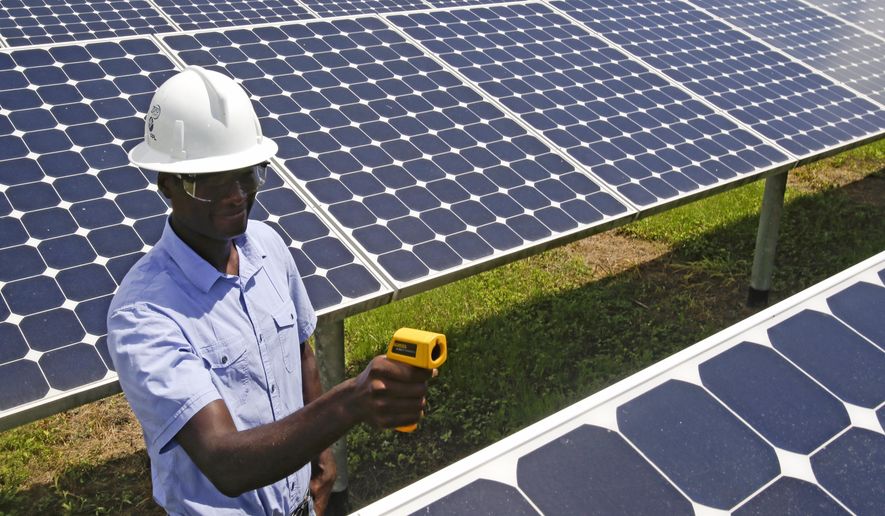The 2007-08 financial crisis left many in America with bitter feelings toward Wall Street. Policymakers and pundits chastised financial investors for being greedy and preying on hardworking Americans. Those criticisms, however, were misplaced.
The real culprit of the financial bubble and fallout from its collapse wasn’t Wall Street. It was Washington.
Government policies – specifically, reckless programs that gave out tax dollars and taxpayer-backed loans to encourage home ownership – fueled the bubble. America appears to be heading down a similar path with its current promotion of solar power.
Just as the government created a housing bubble when policymakers attempted to lure Americans into buying homes, lawmakers are now creating a solar bubble by arbitrarily and unnecessarily encouraging increased renewable energy production. And much like the housing bubble and the subsequent financial crisis, taxpayers and investors will be forced to pay for the government’s bad decisions when the industry comes crashing down.
Nothing provides less bang for American taxpayers’ buck than solar energy. The federal government spent an astounding $39 billion subsidizing solar energy schemes last year, according to the Taxpayers Protection Alliance. Despite the massive amount squandered on taxpayer-funded handouts, solar provides a paltry 0.6 percent of America’s electricity supply.
Unfortunately, artificially inflating demand for solar with subsidies may have even broader economic consequences beyond the sheer waste of tax dollars.
Solar companies’ use of taxpayer-subsidized asset-backed securities may cause yet another government-created bubble to burst.
Solar subsidies are moving from Washington to Wall Street, leaving the taxpayers defenseless. In recent years, companies have used a variety of financing mechanisms, most notably third-party solar leasing, to take advantage of lavish government handouts. Companies are then bundling and securitizing those leases to raise funds to pay the upfront costs for more home and small business solar installations.
These financing options are not problematic for all investments. When government subsidies are involved, however, risk and reward are significantly distorted, making the financial risk alarming and potentially disastrous for taxpayers. As a result, the situation surrounding the solar industry has turned into a ticking time bomb
The circumstance is being exacerbated because solar leasing companies are in a mad dash to finance and build as many rooftop solar projects before the end 2016. That’s when a 30 percent federal Investment Tax Credit expires – and, likely, when the solar industry will collapse.
In fact, U.S. Bankcorp, Bank of America and Merrill Lynch all established tax equity funds to help solar panel giant SolarCity exploit government tax credits and flood the United States with rooftop solar panels. Goldman Sachs followed suit with a $500 million fund to help Americans with poor credit purchase solar panels that they otherwise couldn’t afford – the same type of risky investment that caused the housing bubble to burst.
Something similar happened to the wind power marketplace after a wind production tax credit ended. Once the credit expired, wind production plummeted; a sure indication the subsidy resulted in an oversupplied market. Solar will likely suffer a similar fate.
Wall Street is playing a dangerous game with solar and, in the end, taxpayers will get burned.




Please read our comment policy before commenting.